Palazzo Roma embodies the heritage of Roman noblesse
Palazzo Roma, part of the Shedir Collection, boasts eclectic and eccentric interiors by Giampiero Panepinto
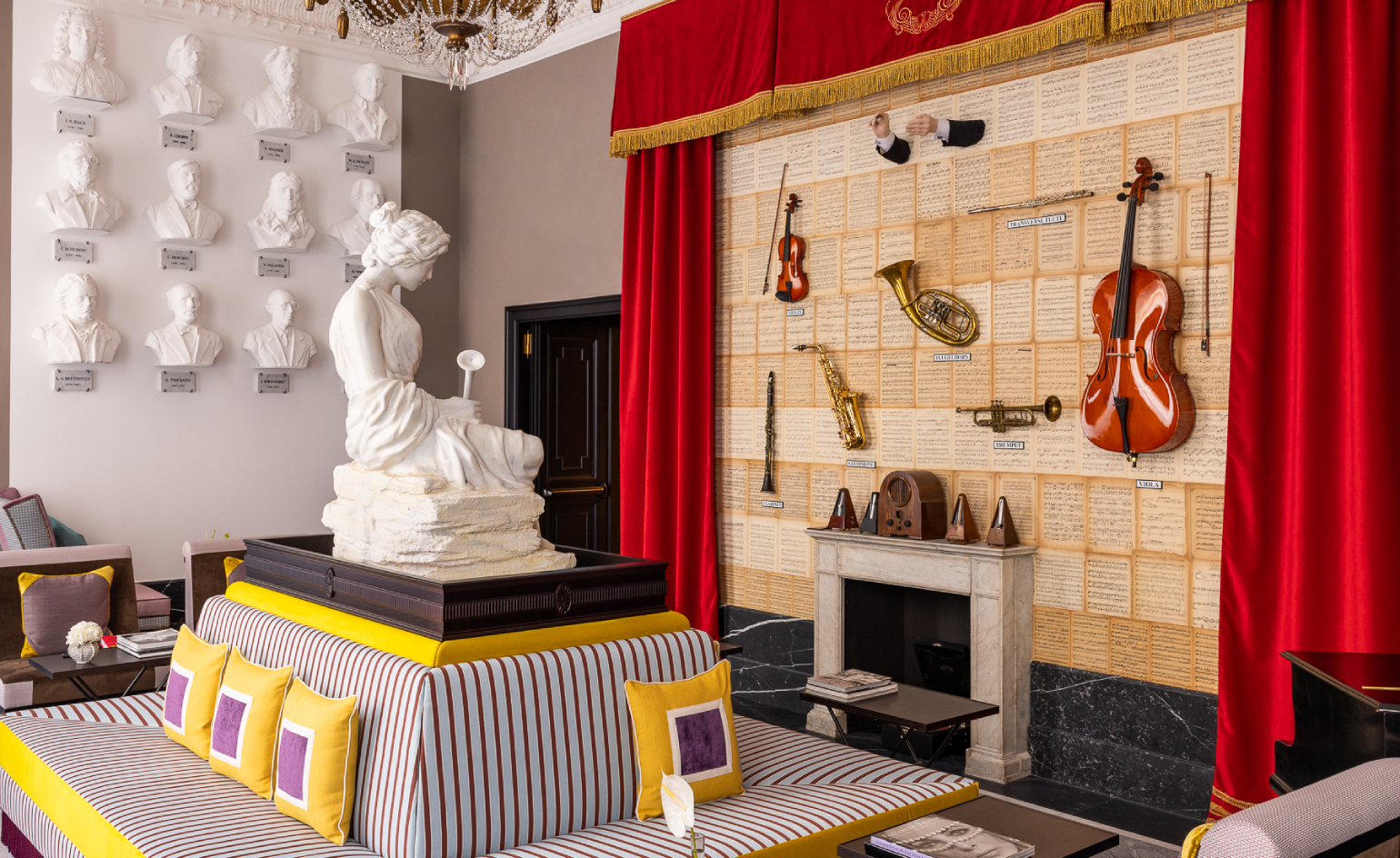
Hidden away on Rome’s prestigious Via del Corso lies Palazzo Roma, the latest addition to the city’s luxury hotel scene from Milan-based designer Giampiero Panepinto. Despite joining sister properties Hotel Maalot, Hotel Vilon, and the equally regal Palazzo Vilon, the Palazzo Roma project proved that building from the ground up in the Eternal City is getting more and more challenging.
The Shedir Collection, the savvy conglomerate and the brains behind the hotel, proposes restoring and upcycling as an ingenious solution to combat ancient Roman planning permissions.
Heritage meets contemporary luxury at Palazzo Roma
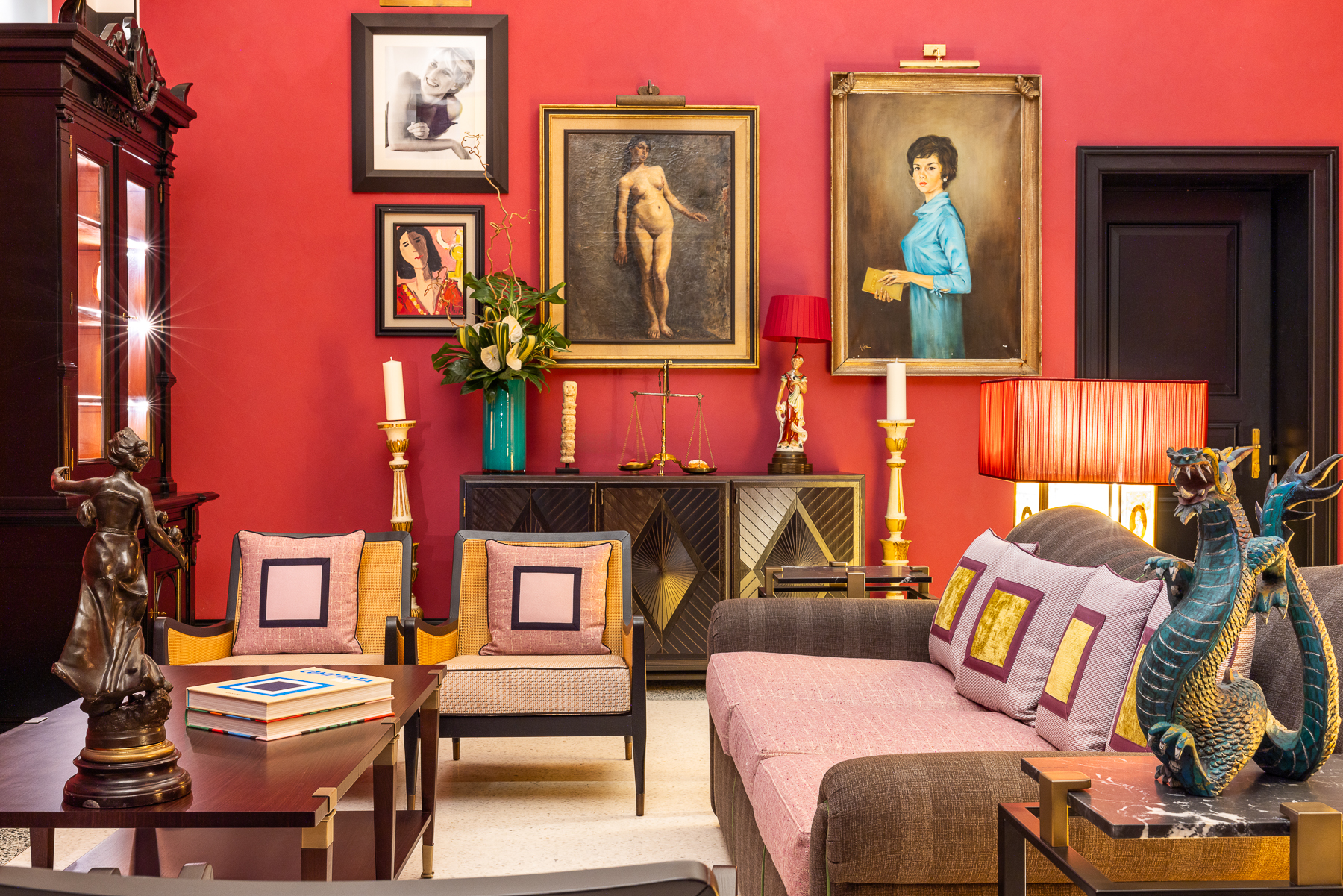
Like the group’s other hotels, Palazzo Roma focuses on ‘restoration over cultivation’, as general manager Rosario Rubino tells Wallpaper*. The construction method essentially entailed ‘building on top of another layer of history’ in the former regal palazzi of Rome’s former hedonistic empire to make a ‘lifestyle hotel that allows guests to experience the emotions of Rome in a new way’.
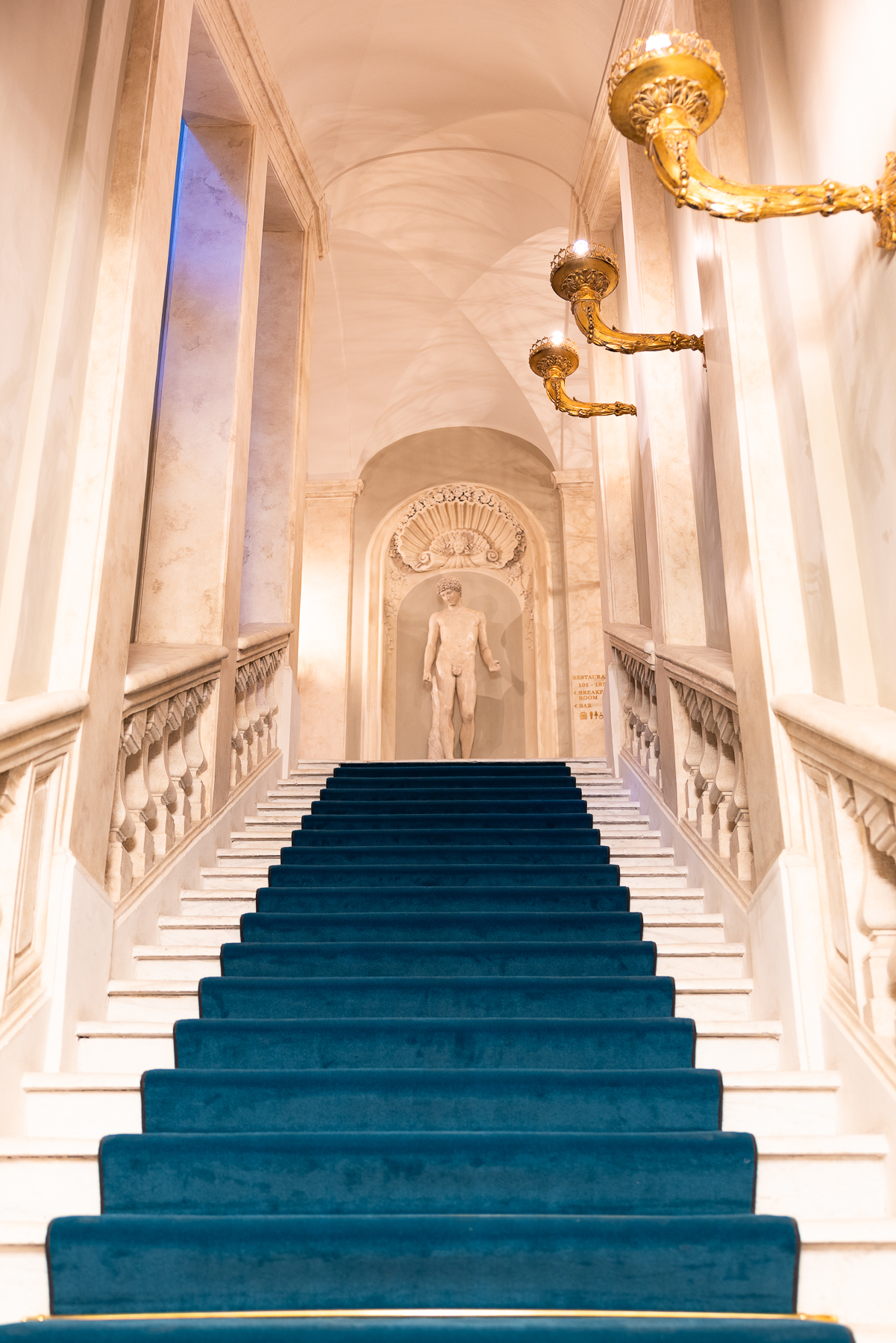
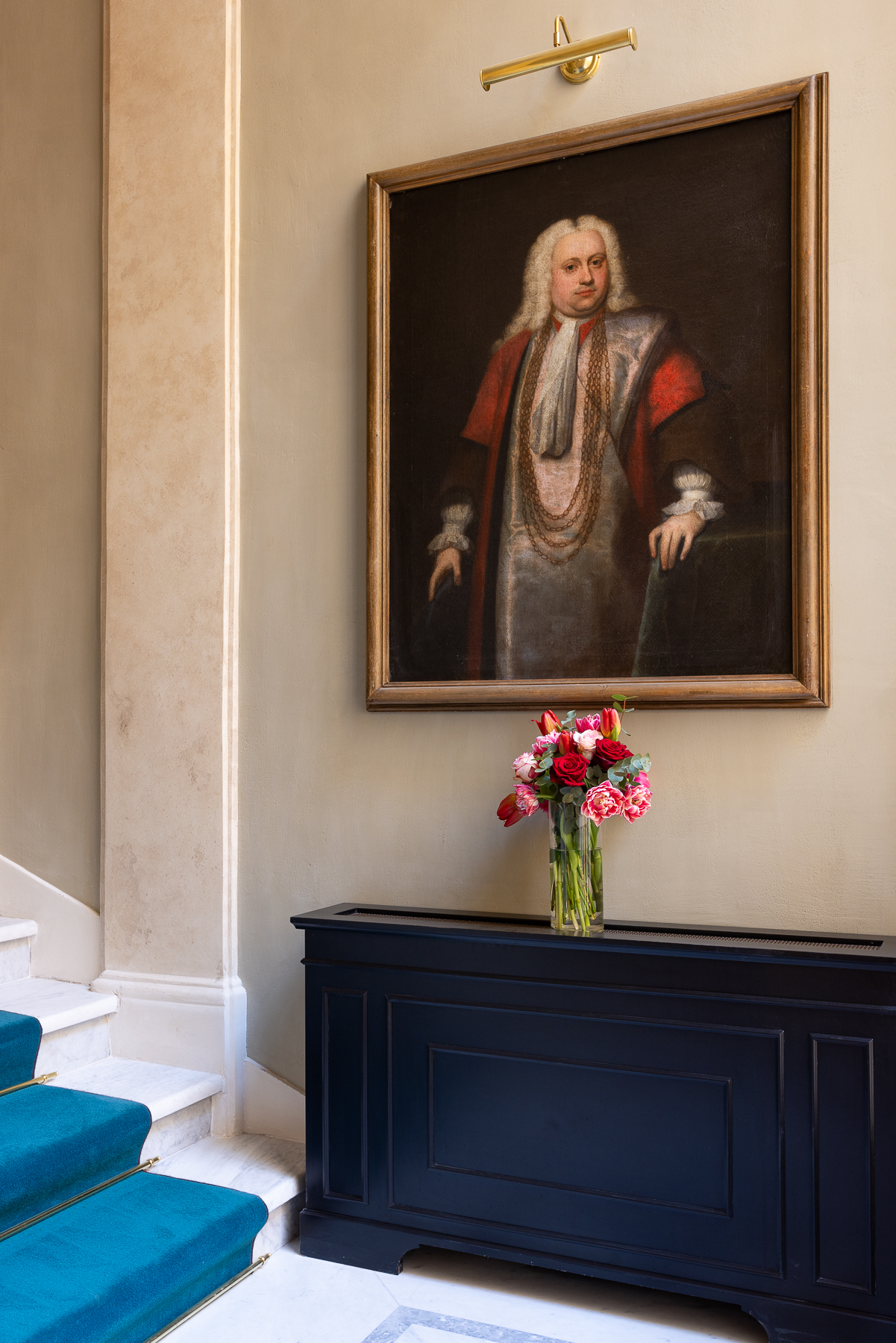
The aim was to redefine and reinterpret the building’s sense of place to inflict an even greater sense of history. ‘The starting point was to create a poetic relationship between past and present, between nostalgia and reality, recollection and imagination,’ Milan-based interior designer and maestro of the project, Giampiero Panepinto, tells me.
‘The property evokes the story of a noble Roman family that opens the doors of its home to guests. I tried to revive the atmosphere once breathed in the sumptuous rooms through art, music, literature and cinema, environments that retrace the chronicles and reports of the illustrious Rome.’
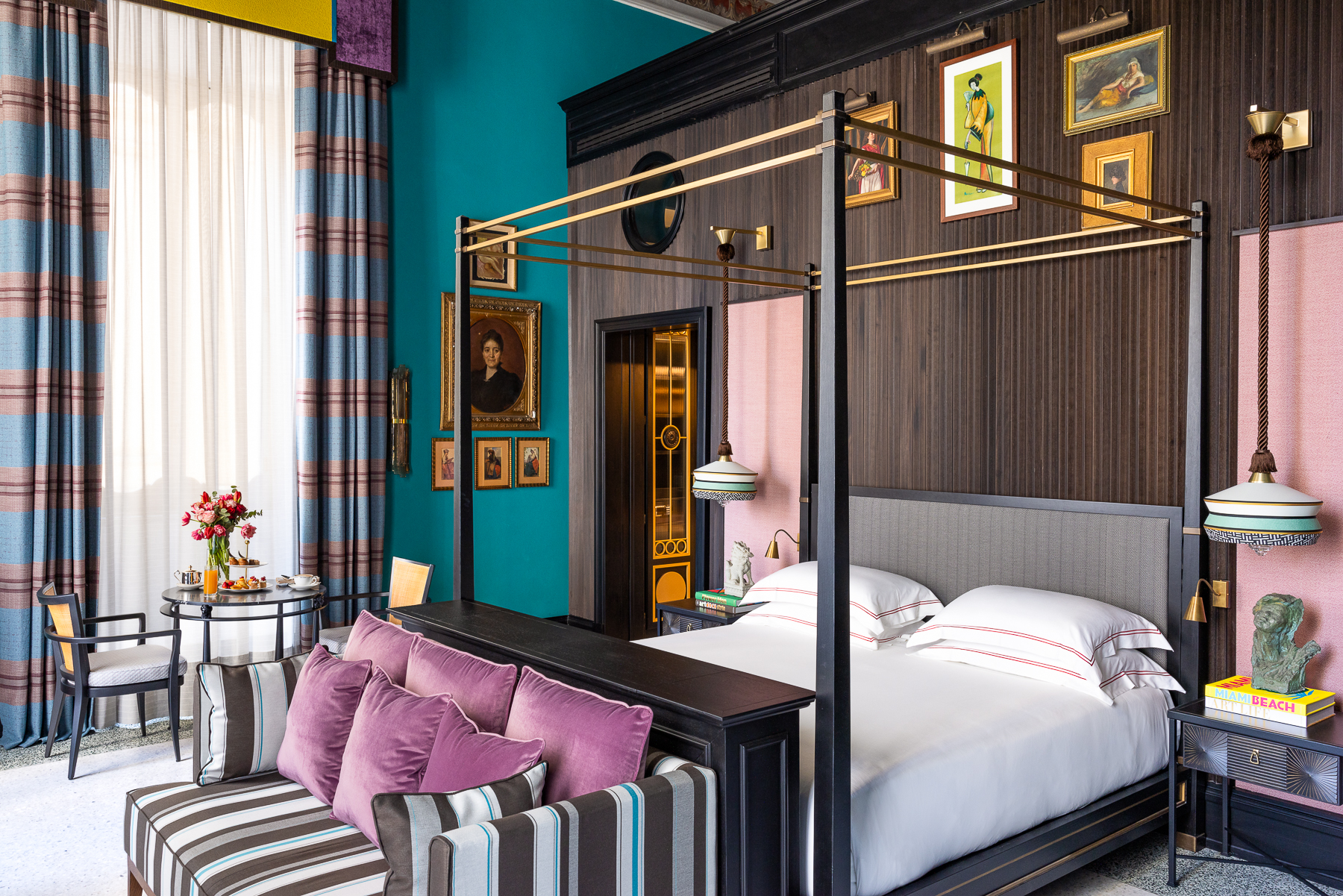
The result is something soulful and intimate. More verging on a museum than a home, Palazzo Roma features original frescoes, coffered ceilings, Versailles teak parquet flooring, and precisely 20 different marbles to conjure a sense of ‘value, elegance and unique Italian design’.
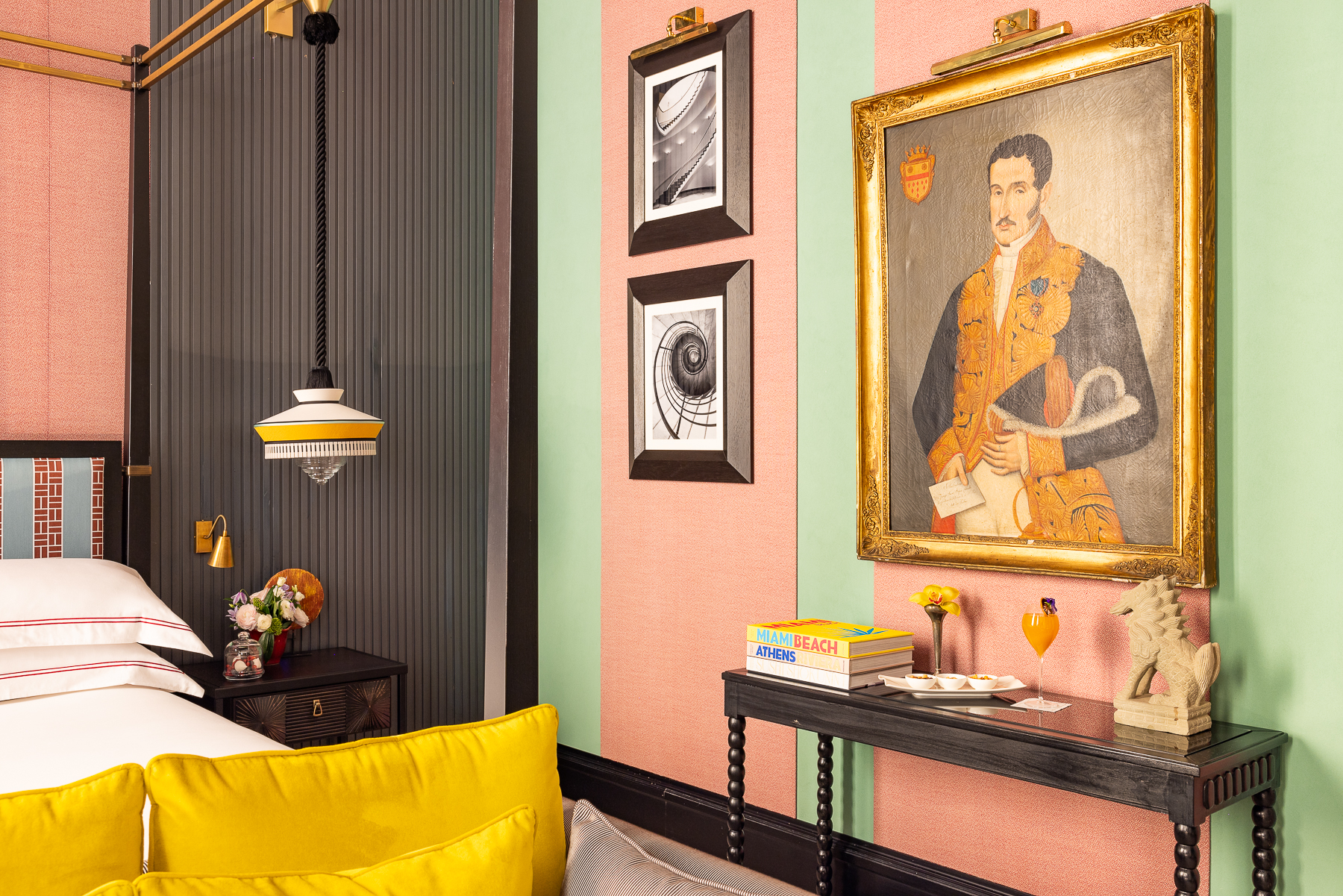
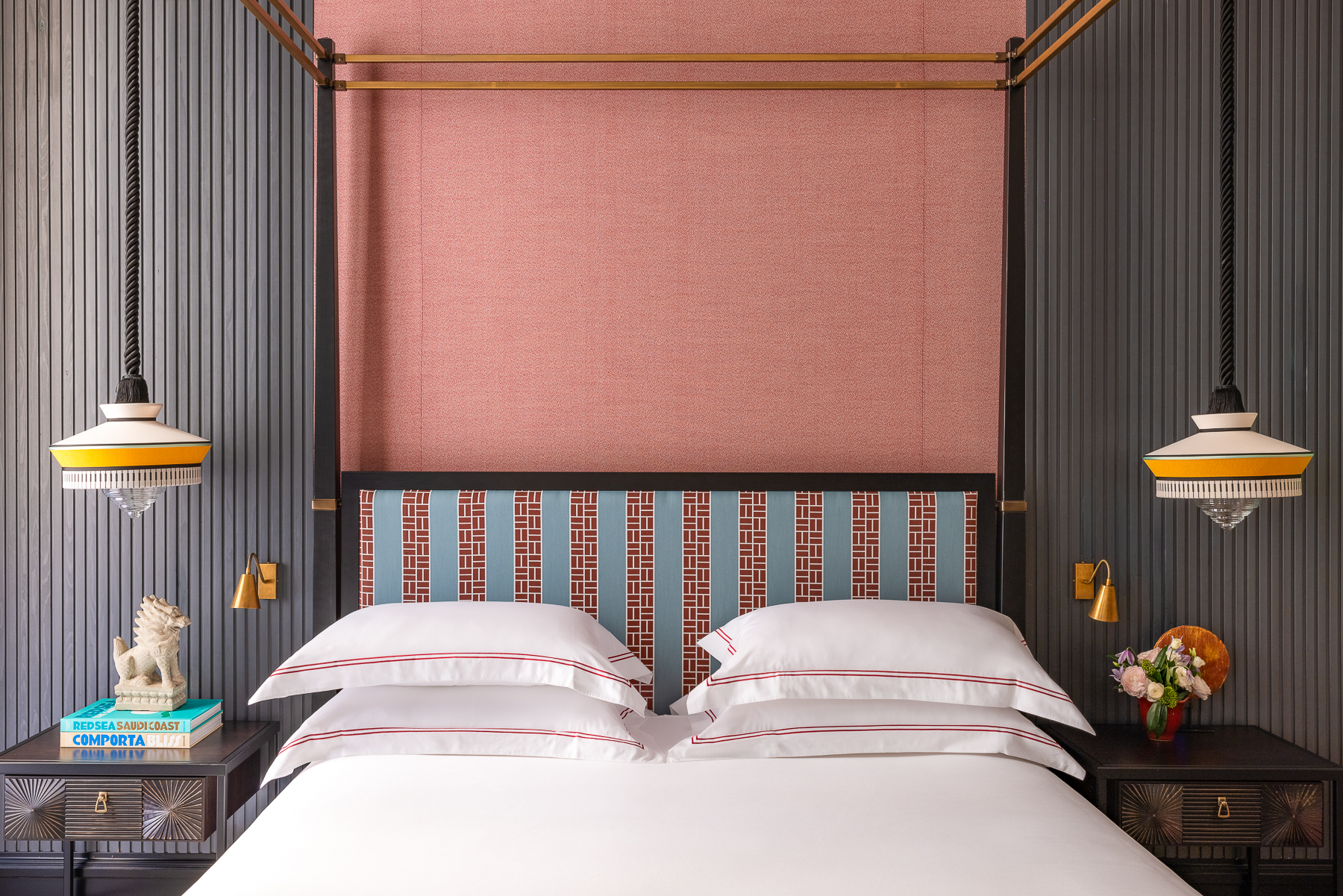
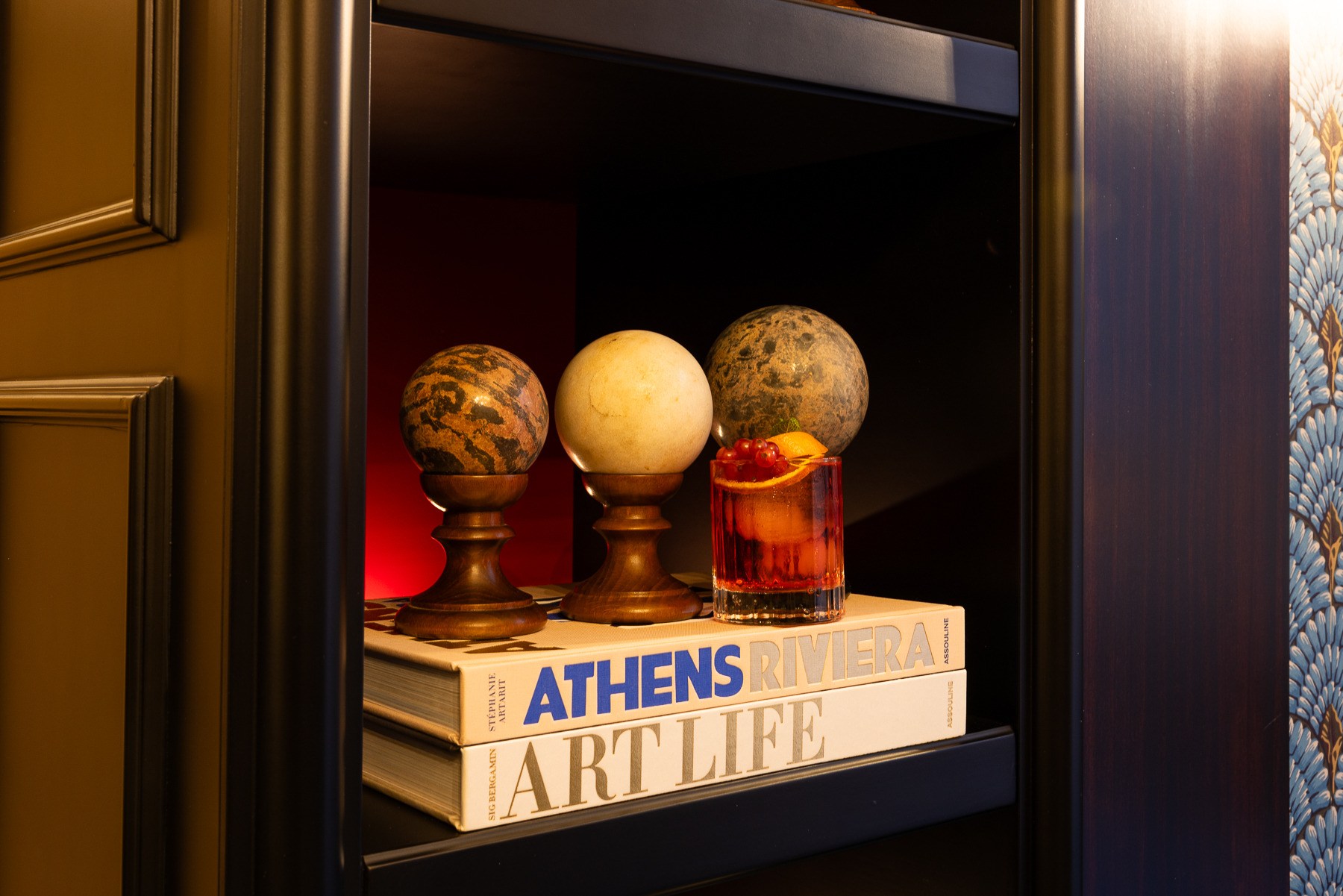
‘I wanted to tell the story of Rome in its entirety. Each piece brings its own experience, intersecting perfectly with each other, giving life to a precious and majestic work,’ he adds. And, truthfully, this notion gets materialised throughout – from infinite art pieces, frescoes and stuccoes, plaster casts and boiserie, to gilded ceilings restored by skilled artisans across Italy.
Wallpaper* Newsletter
Receive our daily digest of inspiration, escapism and design stories from around the world direct to your inbox.
The Venetian-style flooring gives way to an array of nuances and shades that lurk into the large corridors that transform into a Wunderkammer, a backdrop to a collection of ancient portraits, photographs and art installations, all handpicked from vintage markets, and lots locally and beyond. The goal, as Panepinto notes, is to ‘merge past and present’, which ultimately ‘gives life to a unique contemporary Roman way of living’.
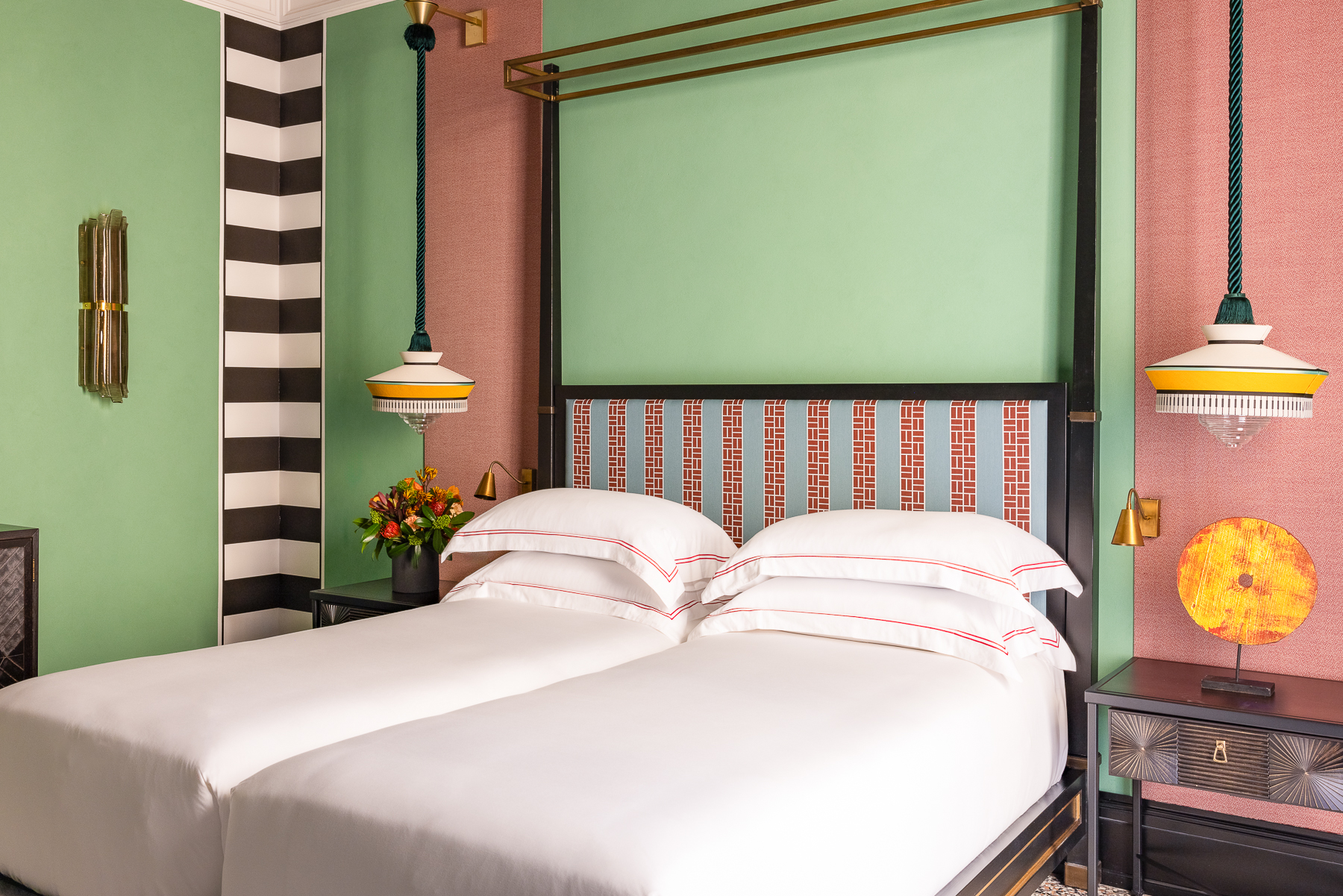
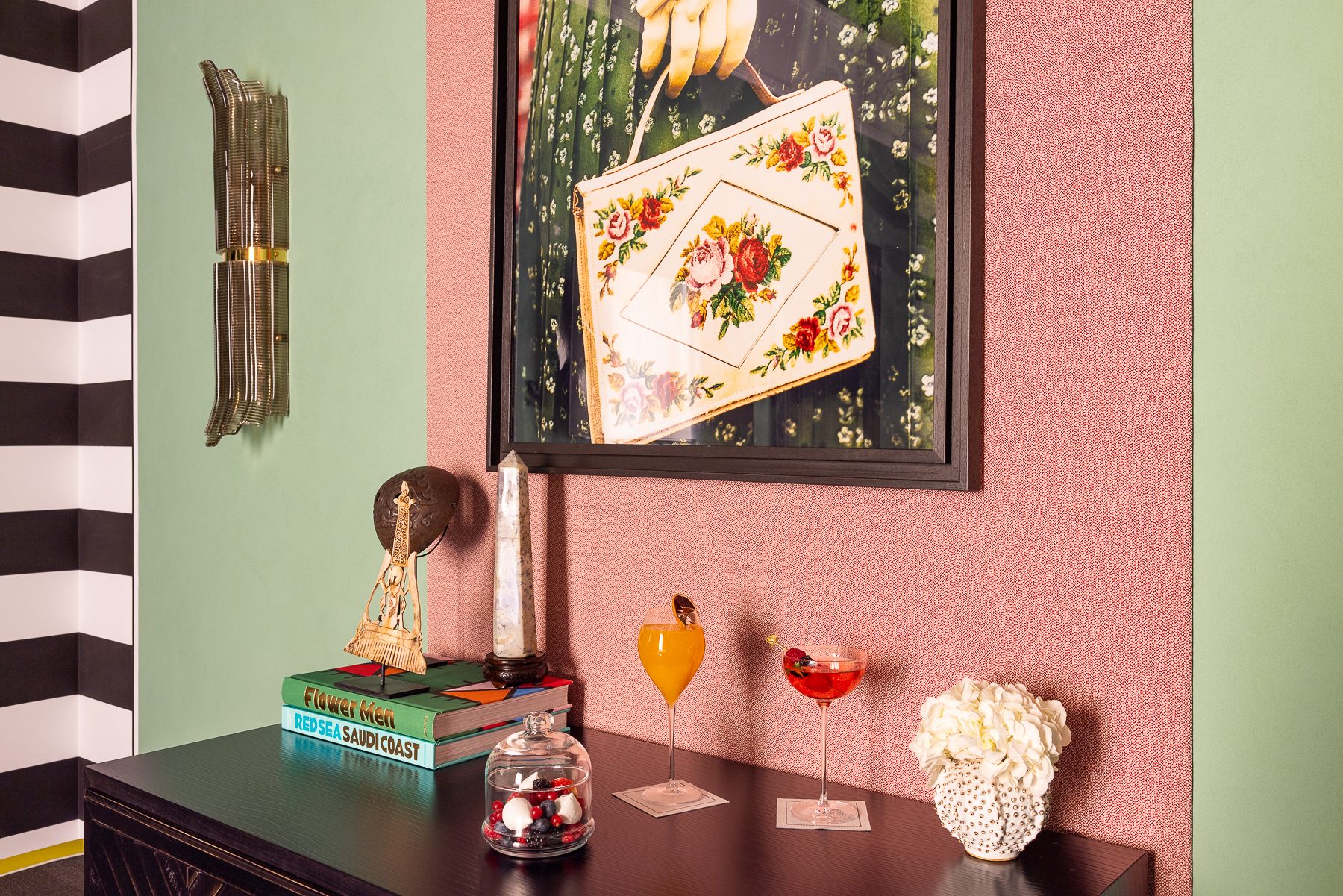
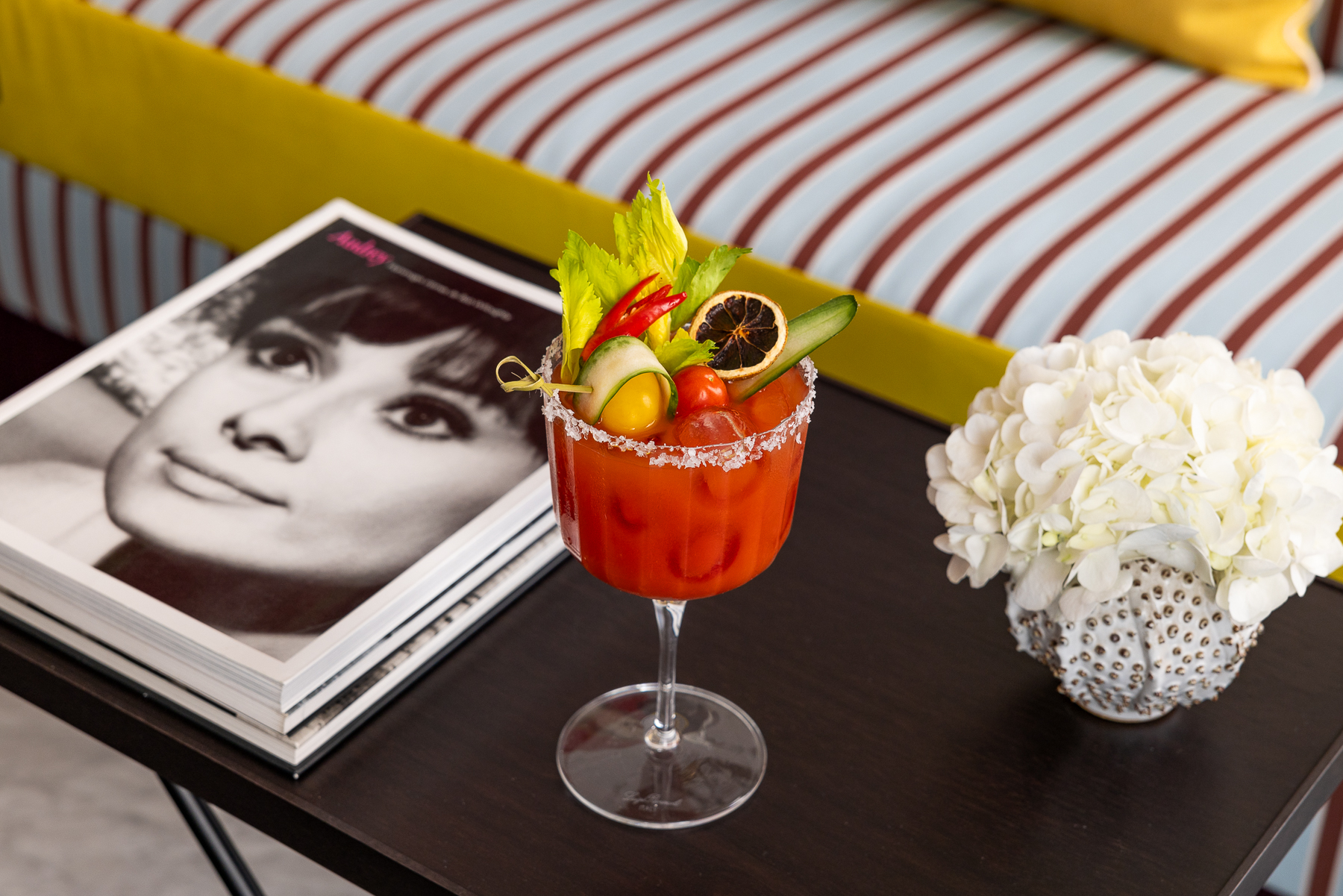
This attention to fluid luxe details flows across the hotel’s 39 rooms and suites. Each has its own floor plan, uniquely decorated in a varying palette of deep greens, reds, yellows and golds, alongside intarsia wood on the first-floor ceilings and fabric wallpapers on the second and third floors.
More eccentric digs come courtesy of the so-called Ladies’ Suite, which has nods to some of the most influential women figures of the last century, from the late Diana, Princess of Wales, to Madonna, Angela Merkel and Minnie Mouse.
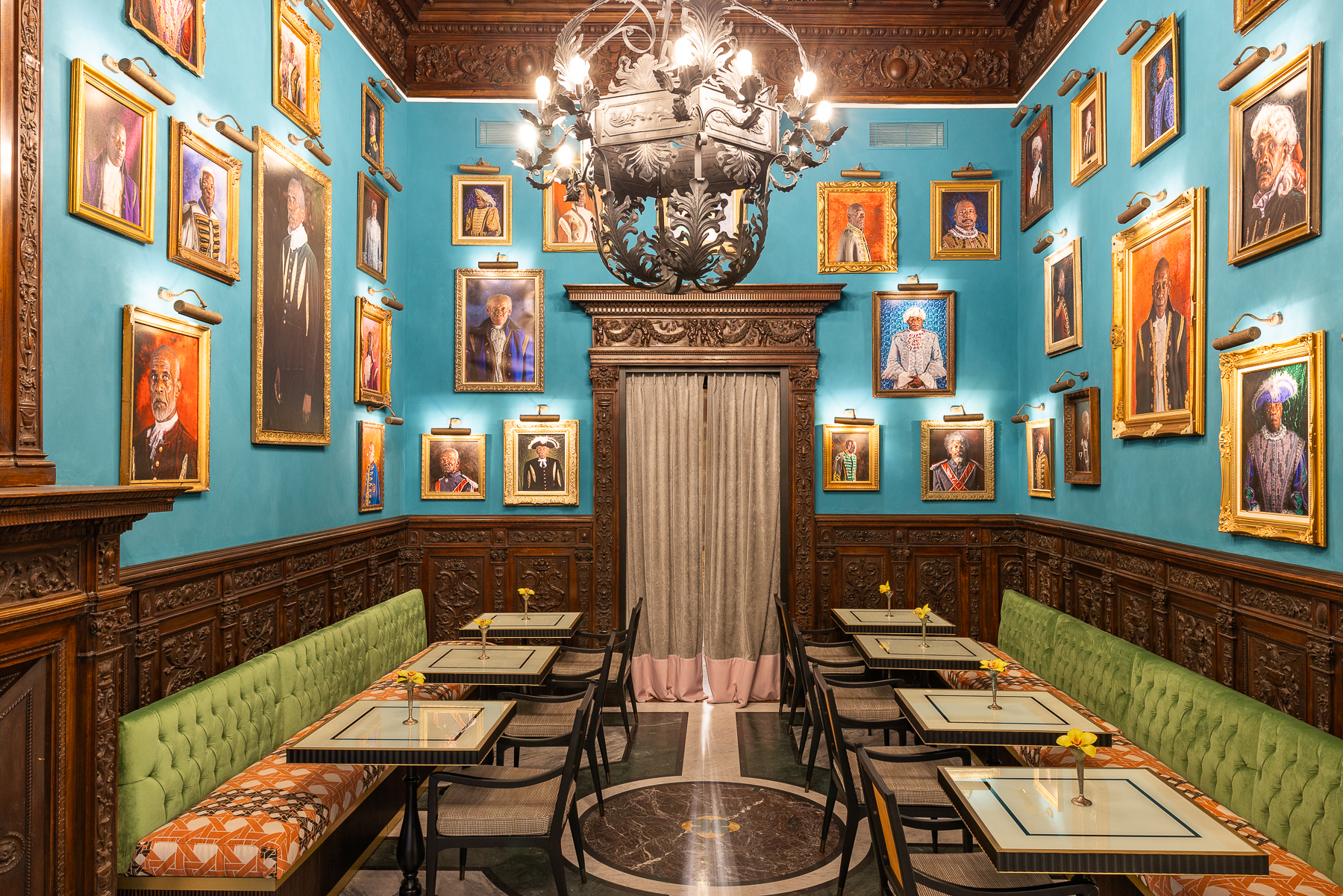
Elsewhere, the Sala della Musica (The Music Room) is a vision of grand pianos, statues – in particular, the grand Euterpe, the goddess of music in the centre – and the eclectic Sala degli Orologi (the Watches Room) spearheaded by a mammoth collection of 150 watches decorated about the place.
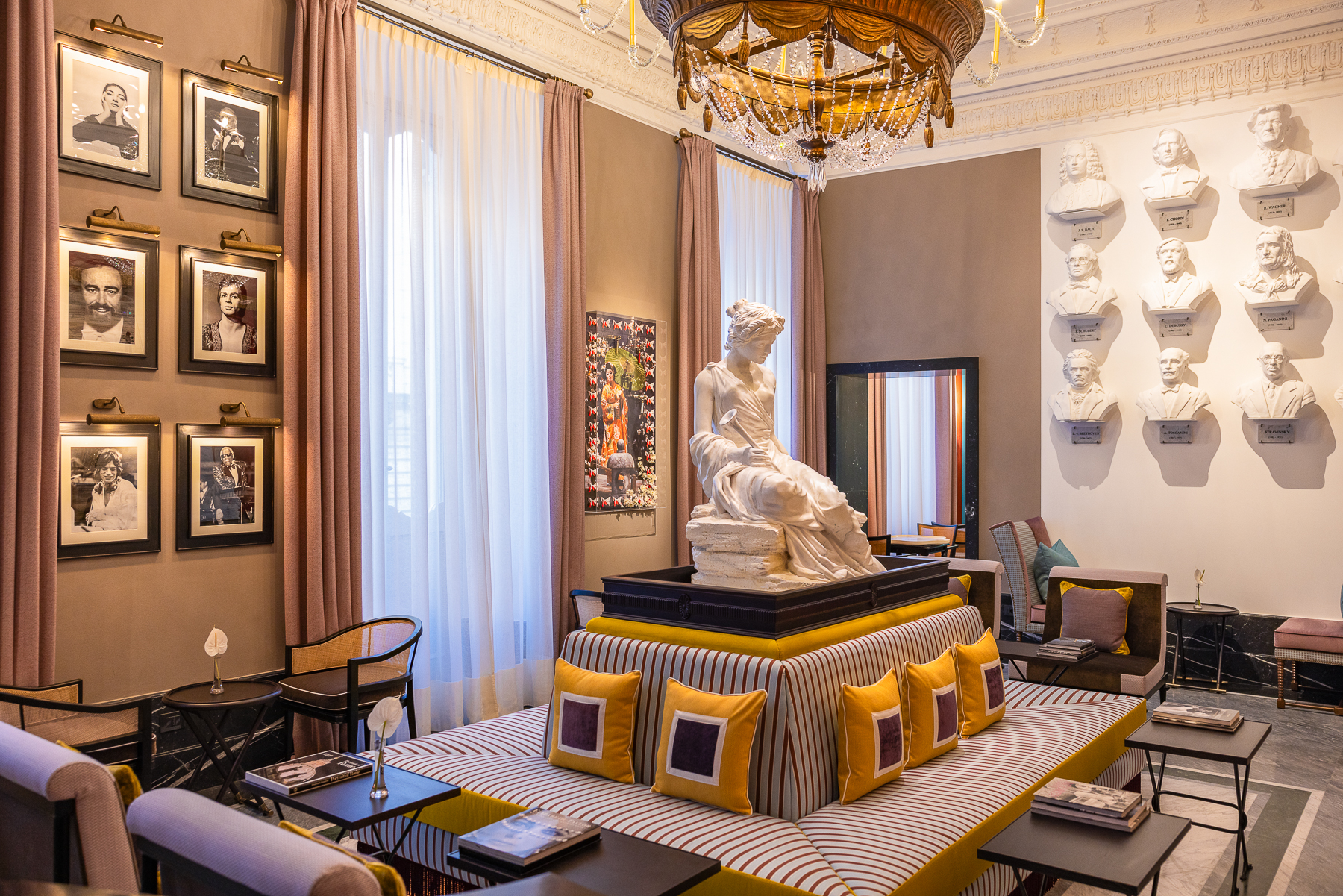
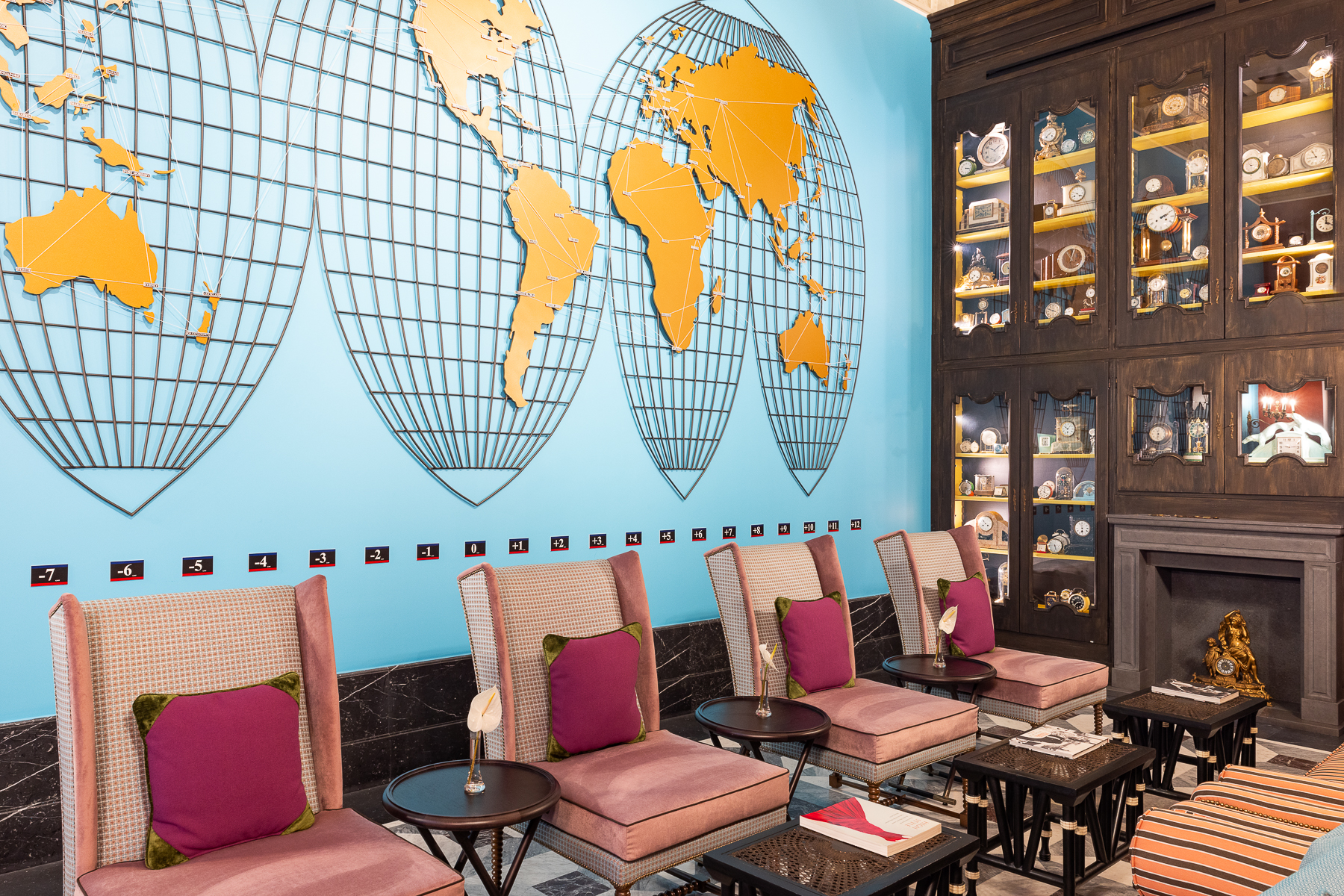
The knockout centrepiece of the palazzo comes courtesy of the Cherubini Restaurant – think breathtaking floor-to-ceiling frescoes adorning the walls and mammoth mighty crystal chandeliers. Meanwhile, executive chef Federico Sartucci's menu matches the surroundings with Romano cuisine inspired by the city and the chef’s extensive travels across the globe.
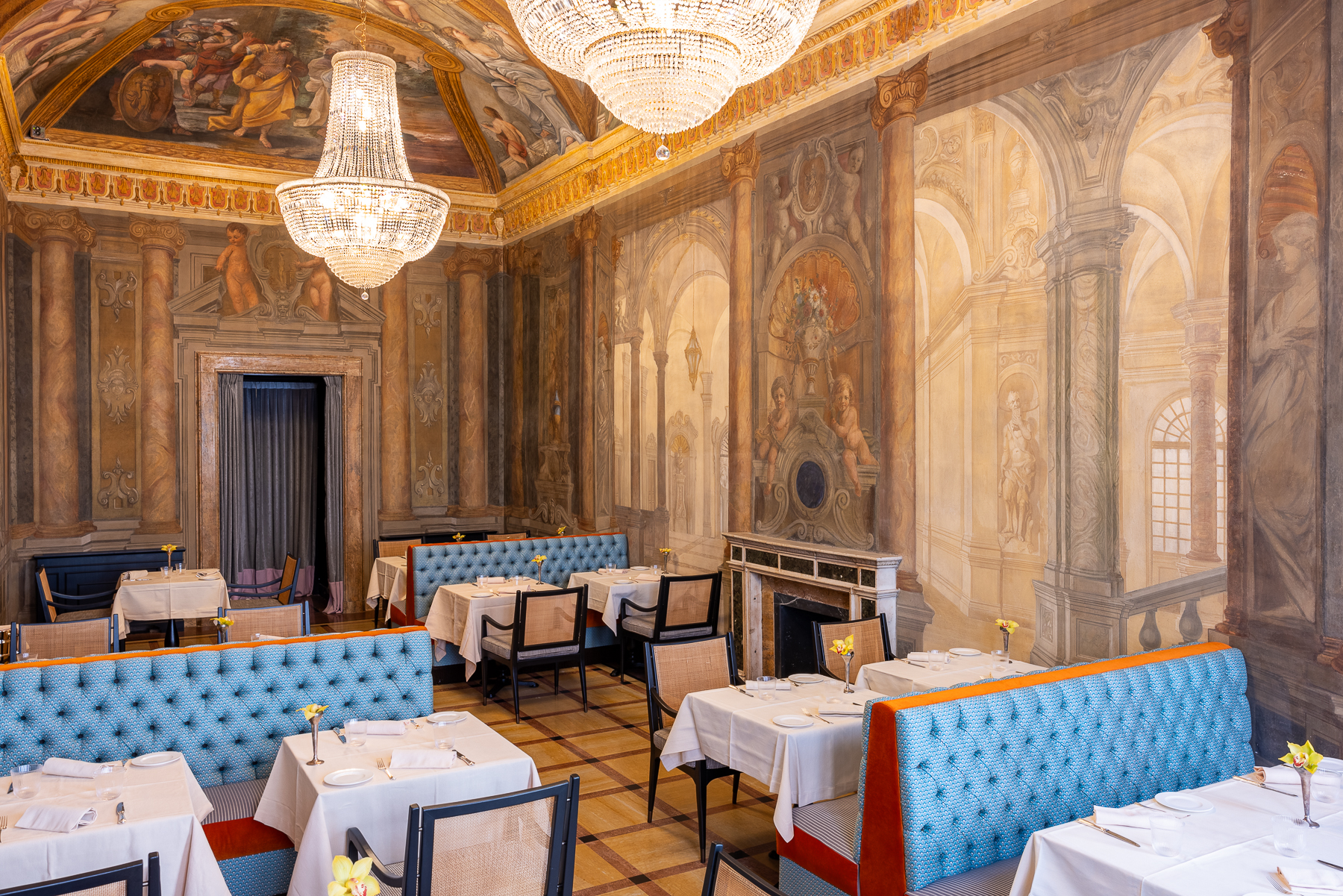
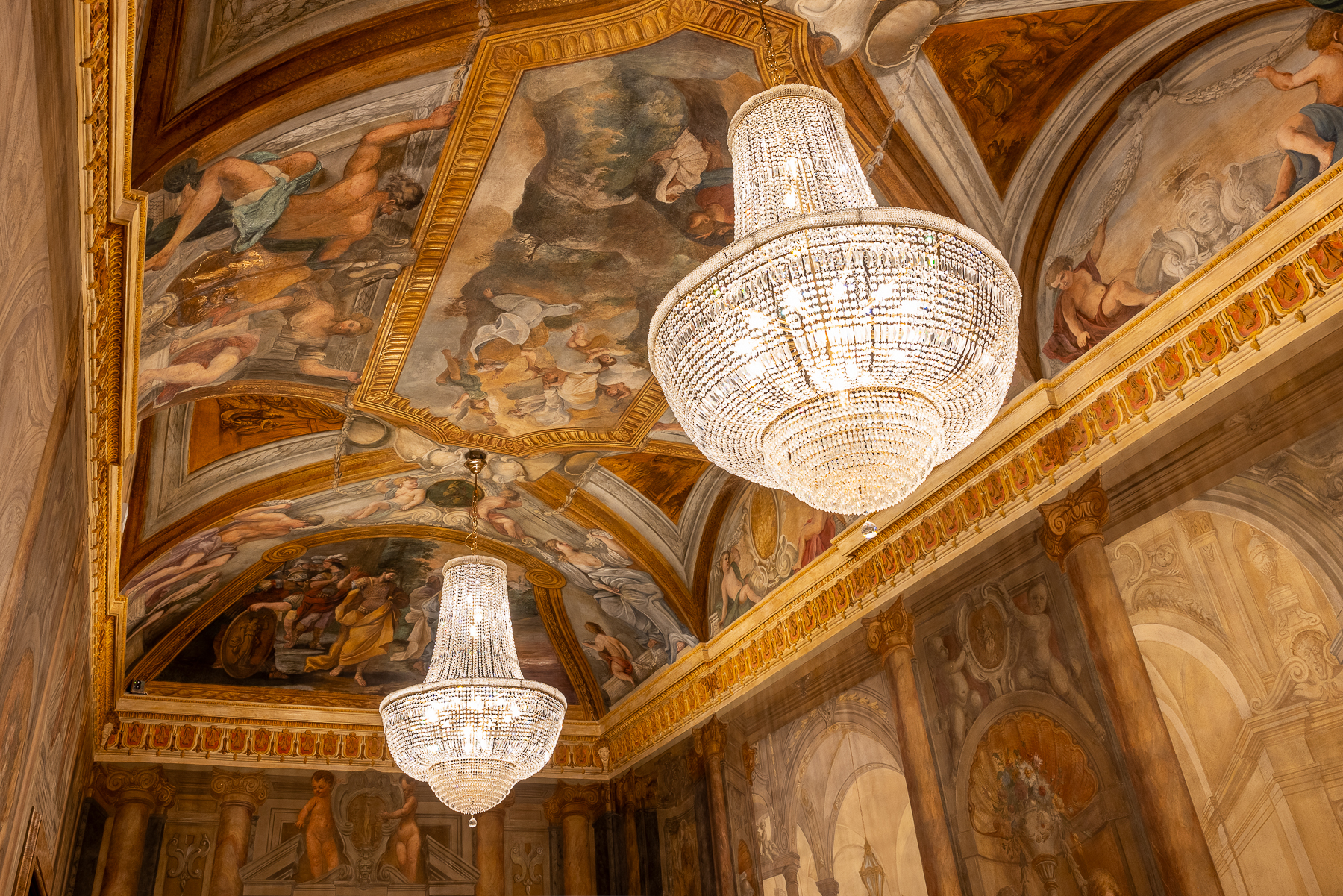
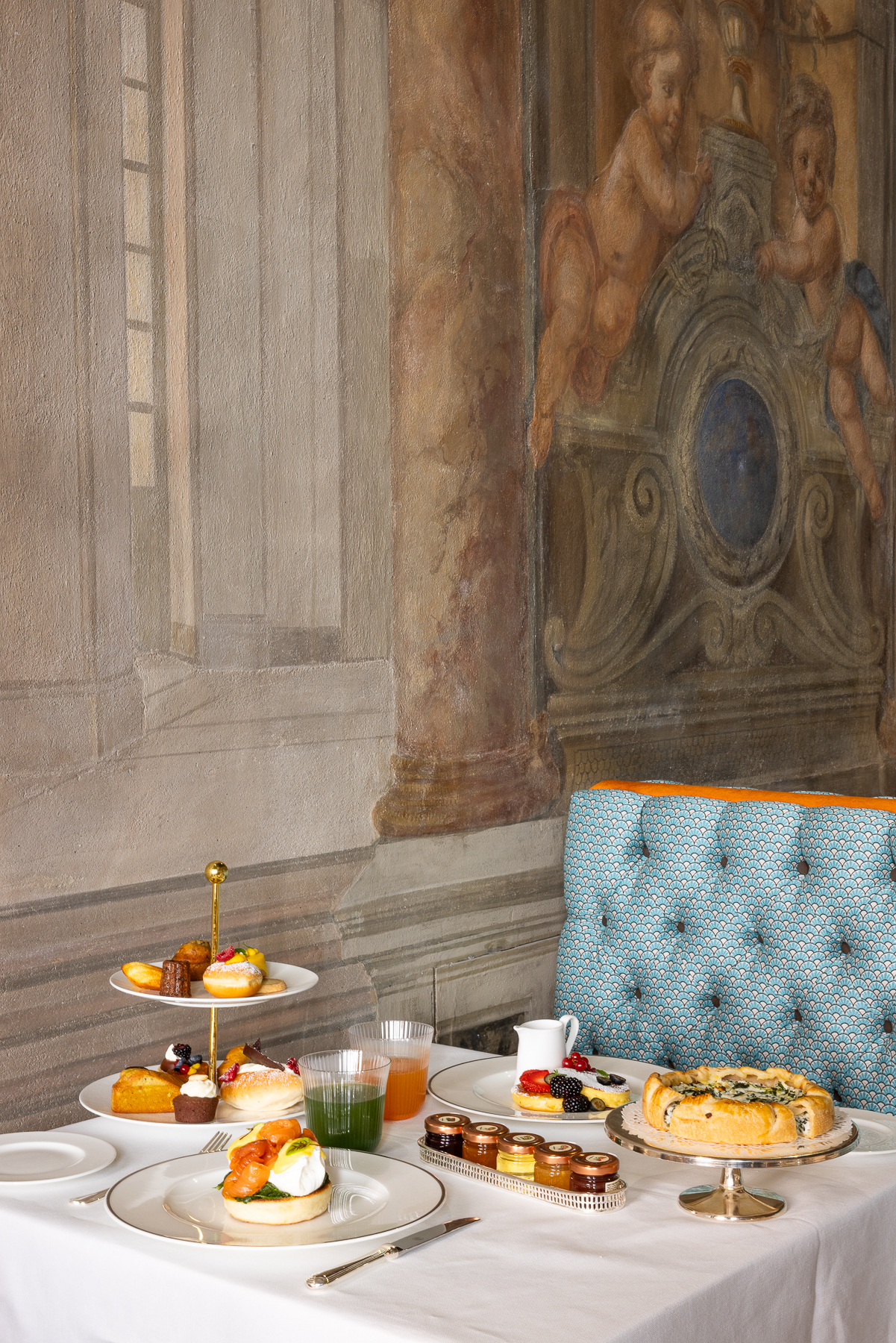
Luke is a freelance journalist based in London. His work has been featured in British Vogue, The Times, Sunday Times Style, Harper’s Bazaar, ELLE, Vanity Fair, Conde Nast Traveller, Town and Country, Evening Standard, Departures, and others.
-
 Put these emerging artists on your radar
Put these emerging artists on your radarThis crop of six new talents is poised to shake up the art world. Get to know them now
By Tianna Williams
-
 Dining at Pyrá feels like a Mediterranean kiss on both cheeks
Dining at Pyrá feels like a Mediterranean kiss on both cheeksDesigned by House of Dré, this Lonsdale Road addition dishes up an enticing fusion of Greek and Spanish cooking
By Sofia de la Cruz
-
 Creased, crumpled: S/S 2025 menswear is about clothes that have ‘lived a life’
Creased, crumpled: S/S 2025 menswear is about clothes that have ‘lived a life’The S/S 2025 menswear collections see designers embrace the creased and the crumpled, conjuring a mood of laidback languor that ran through the season – captured here by photographer Steve Harnacke and stylist Nicola Neri for Wallpaper*
By Jack Moss
-
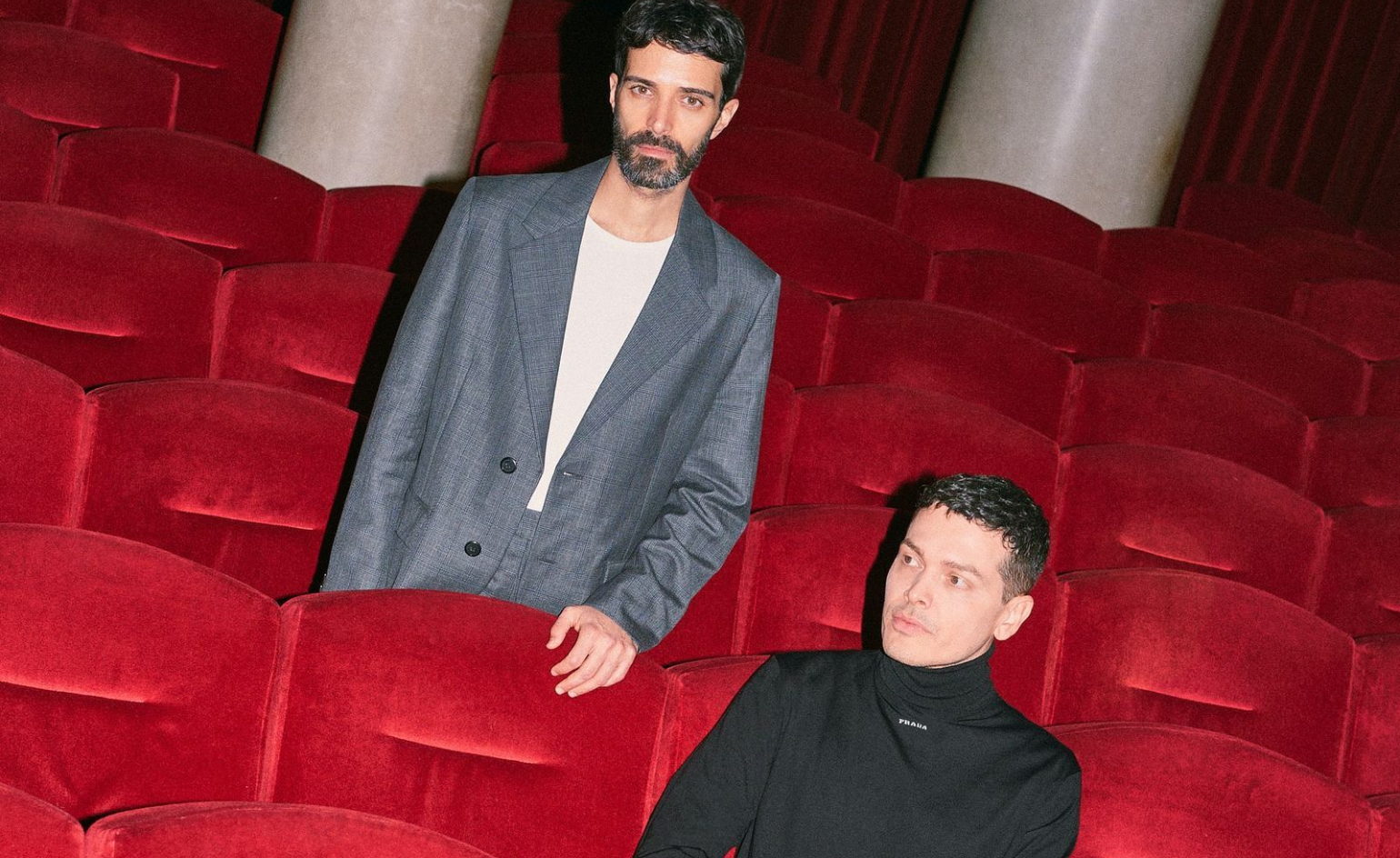 Everything you need to know about Italy's Lake Maggiore, according to Formafantasma
Everything you need to know about Italy's Lake Maggiore, according to FormafantasmaFrom baroque gardens to panoramic views, Andrea Trimarchi and Simone Farresin show us around this Italian escape
By Sofia de la Cruz
-
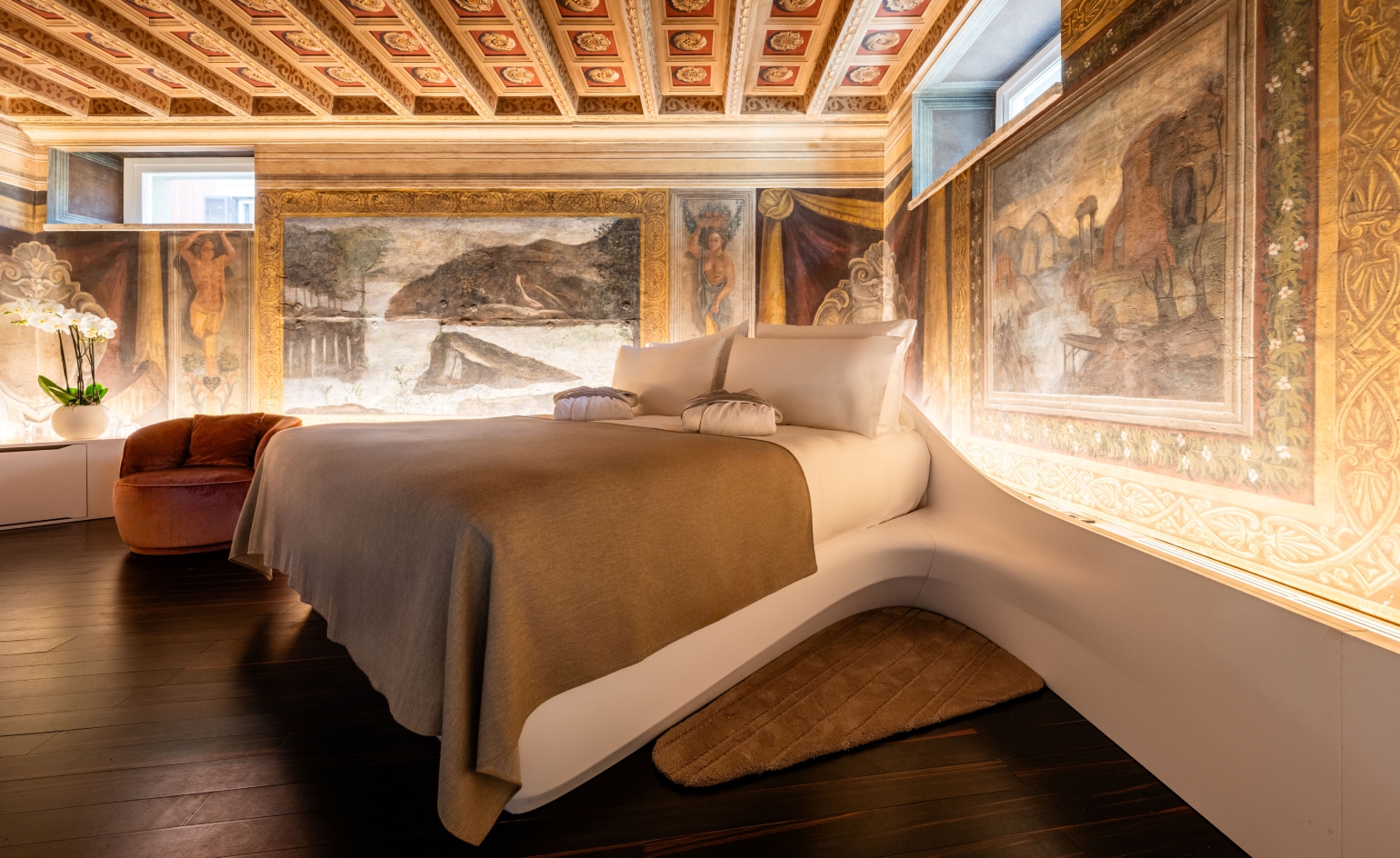 Wallpaper* checks in at Romeo Roma: a new hotel that’s one of Zaha Hadid’s last projects
Wallpaper* checks in at Romeo Roma: a new hotel that’s one of Zaha Hadid’s last projectsLocated within Rome’s Tridente, Romeo Roma is a palimpsest of periods in which the late Iraqi-British architect Zaha Hadid left her avant-garde mark
By Sofia de la Cruz
-
 Five influential women hoteliers reflect on the changing face of hospitality
Five influential women hoteliers reflect on the changing face of hospitalityAs women continue to gain ground in the hotel sector, despite still being underrepresented in senior positions, five female moguls share their experiences of the past and projections for the future
By Anna Solomon
-
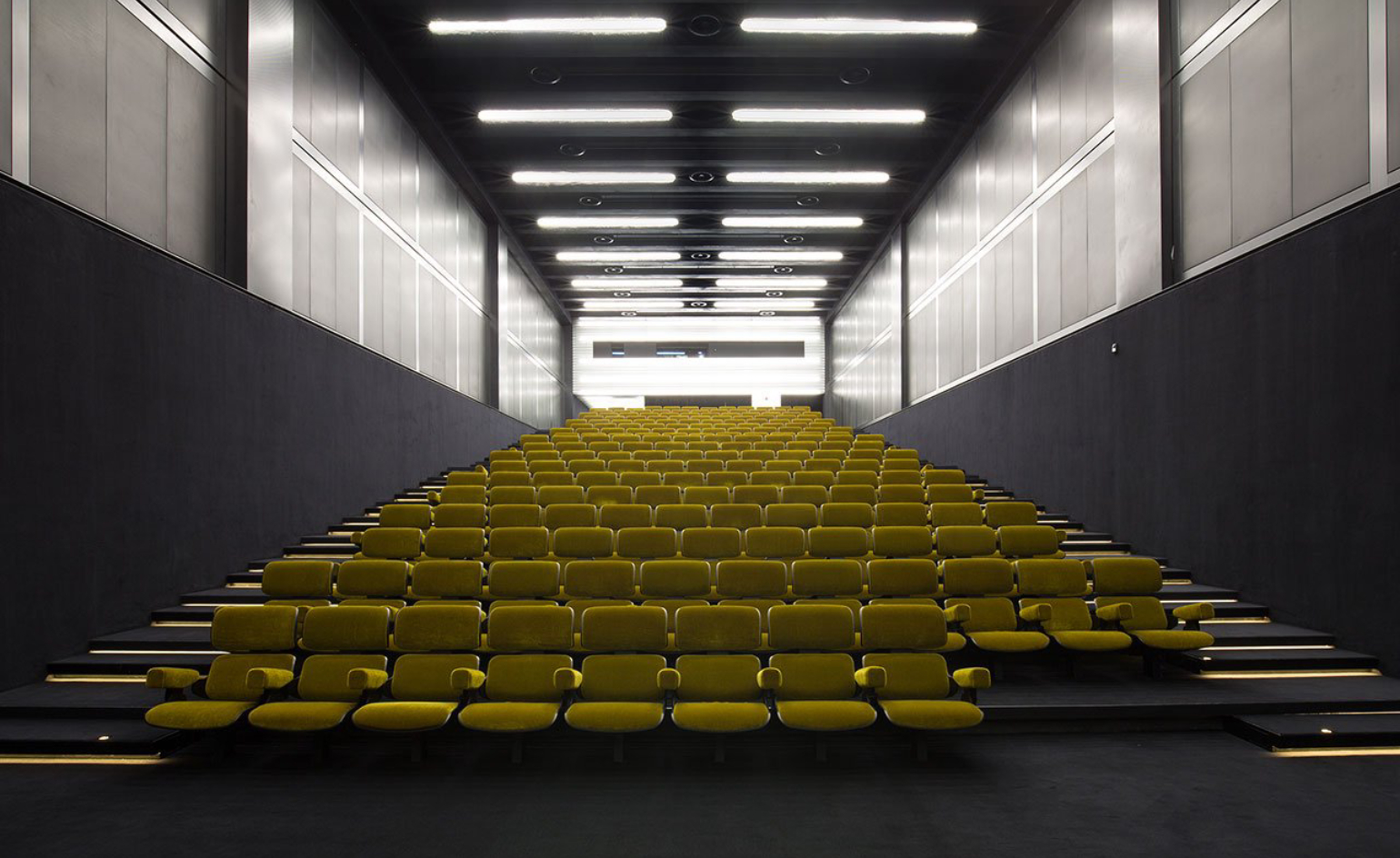 Must-visit cinemas with award-worthy design
Must-visit cinemas with award-worthy designThere’s more magic to the movies at these design-led cinemas, from Busan Cinema Centre’s ‘flying’ roof to The Gem Cinema Jaipur’s art deco allure
By Sofia de la Cruz
-
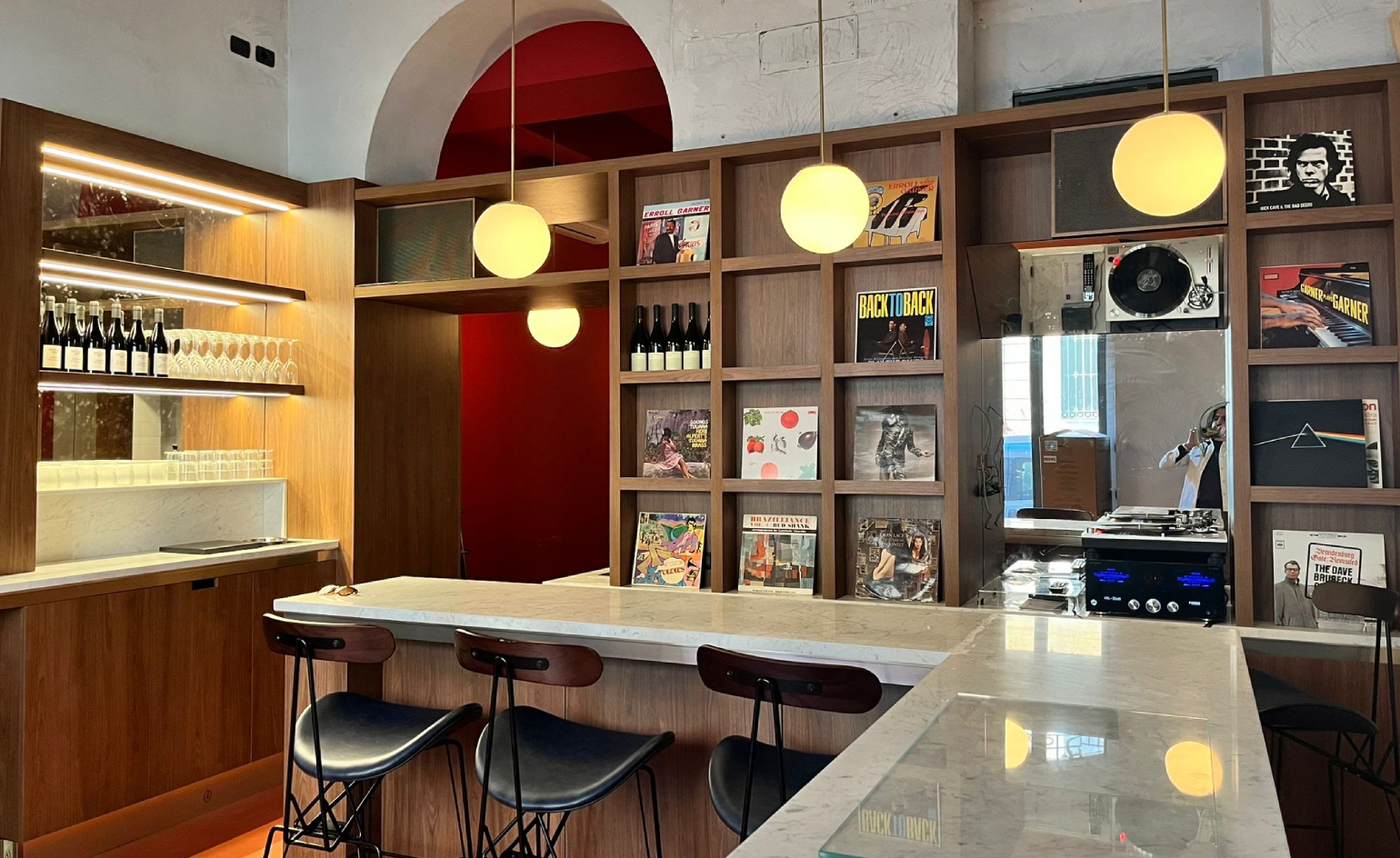 The best Milan bars for a fashionable aperitivo
The best Milan bars for a fashionable aperitivoMilan’s after-dark renaissance is evident in a new wave of design-led cocktail bars, setting the right mood for enticing aperitivos and nightcaps; Milan editor Laura May Todd recommends the best
By Laura May Todd
-
 How Four Seasons Hotels became The White Lotus’ unofficial star
How Four Seasons Hotels became The White Lotus’ unofficial starAs The White Lotus season three whisks us to Thailand, Marc Speichert, chief commercial officer of Four Seasons Hotels, discusses the luxury group’s perfect synergy with the hit HBO series – and where you can live the experience
By Sofia de la Cruz
-
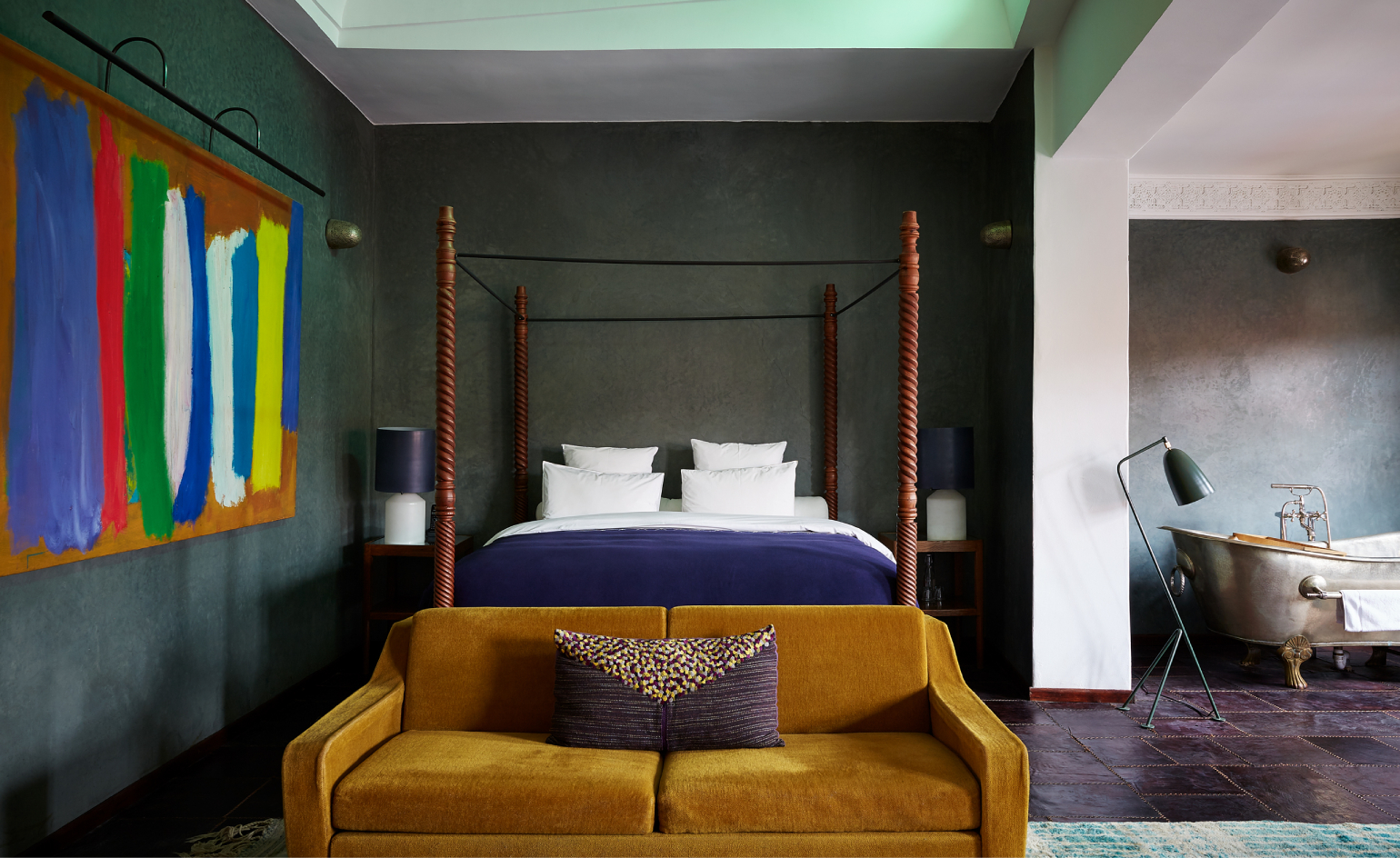 Night at the museum: the best art hotels to book now
Night at the museum: the best art hotels to book nowSleep amid surrealists at London’s Broadwick Soho, or wake up to contemporary favourites at New Hotel in Athens – indulge in an immersive art hotel experience
By Dalya Benor
-
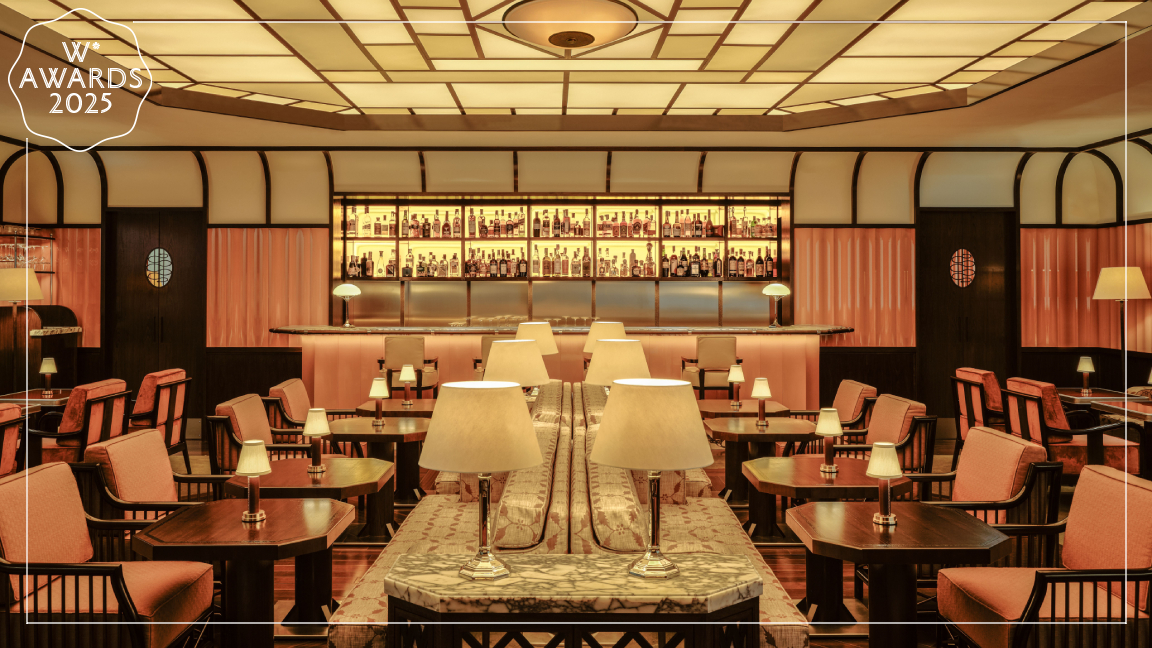 A next-generation Milanese members’ club wins Wallpaper* Design Award 2025
A next-generation Milanese members’ club wins Wallpaper* Design Award 2025The Wilde wins our Best Social Hub award for its embodiment of the cosmopolitan Milanese spirit
By Sofia de la Cruz